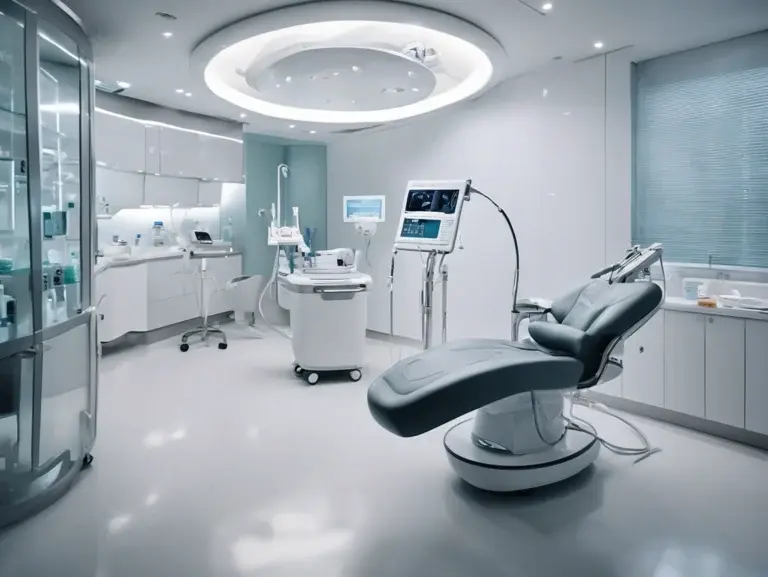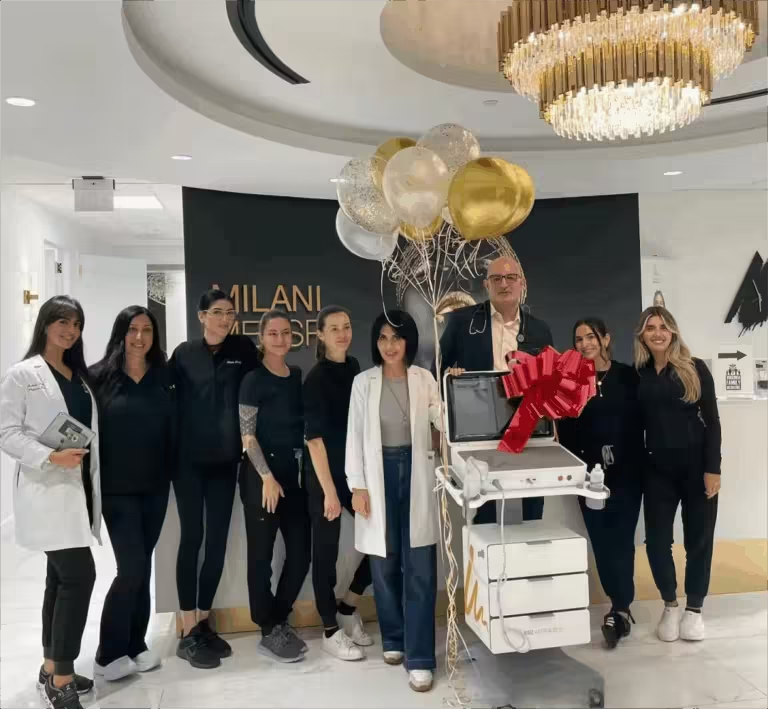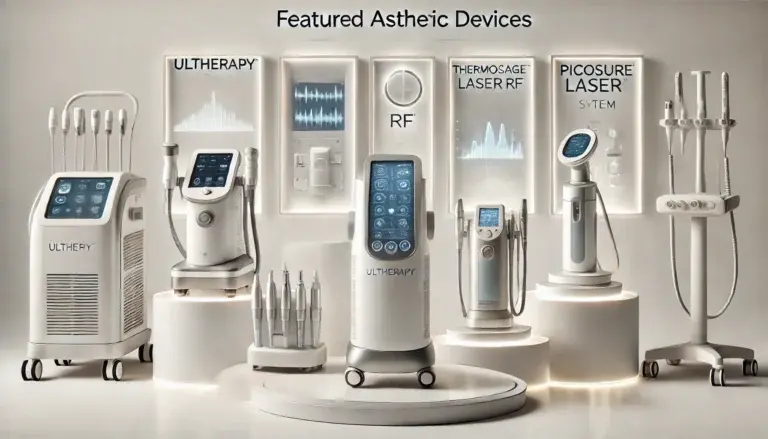I. Why is Laser Beauty Equipment Maintenance Crucial? – More Than Just Extending Lifespan
Many institutions view equipment maintenance as an additional expense, but in reality, it’s an investment with substantial returns. Proper maintenance offers multiple benefits:
- Significantly Extends Equipment Lifespan: Careful maintenance effectively slows down component aging and prevents minor issues from escalating into major failures, allowing your equipment to serve longer in optimal condition.
- Ensures Treatment Efficacy and Safety: Regular calibration and cleaning ensure the accuracy and stability of energy output, which directly relates to treatment effectiveness and patient safety.
- Reduces Repair Frequency and Costs: “Maintenance over repair” is far more economical than “fixing it when it breaks.” Proactive prevention greatly reduces unexpected breakdowns, avoiding costly emergency repairs and component replacement fees.
- Enhances Operational Efficiency, Minimizes Downtime: Equipment failure means treatment interruptions and canceled client appointments, directly impacting revenue. Good maintenance ensures high equipment uptime.
- Maintains Equipment Resale Value: For institutions considering future upgrades or a disposition of second-hand medical aesthetic equipment, well-maintained devices with good service records will undoubtedly command a higher valuation.

II. Golden Rules of Daily Maintenance: Details Determine Success
Daily meticulous care is the foundation for the long-term healthy operation of your equipment. The following key points deserve your daily attention:
- Exterior and Control Panel Cleaning:
- Procedure: After each day’s treatments, use a soft, slightly damp cloth (not dripping) with a neutral, non-corrosive detergent to wipe the device casing, touchscreen, and control buttons. Avoid liquid seeping into the device.
- Focus: Remove dust, cosmetic residues, gels, etc., to keep the equipment tidy.
- Treatment Handpiece Cleaning and Disinfection:
- Procedure: After each treatment, be sure to clean the treatment head, lens, or skin-contact parts of the handpiece according to the manufacturer’s guidelines. Choose appropriate disinfection methods based on the handpiece material and design.
- Focus: Prevent cross-infection and ensure the cleanliness of the optical window to avoid affecting energy output and treatment results.
- Cable and Connection Inspection:
- Procedure: Visually inspect power cords, handpiece connection cables, etc., for wear, kinks, or loose connections. Ensure all connections are secure.
- Focus: Promptly identify and address potential electrical safety hazards.
- Cooling System Check:
- Procedure: Ensure the device’s air inlets and outlets are unobstructed. Regularly remove dust from around ventilation openings.
- Focus: Good heat dissipation is key to ensuring stable laser operation and preventing overheating damage.
- Power-on Self-Test and Parameter Logging:
- Procedure: When first powering on the device each day, note if it has a self-test procedure and observe its results. Briefly record key operating parameters (such as coolant temperature, energy output stability, depending on device functions).
- Focus: Early detection of abnormalities provides a reference for subsequent professional maintenance.
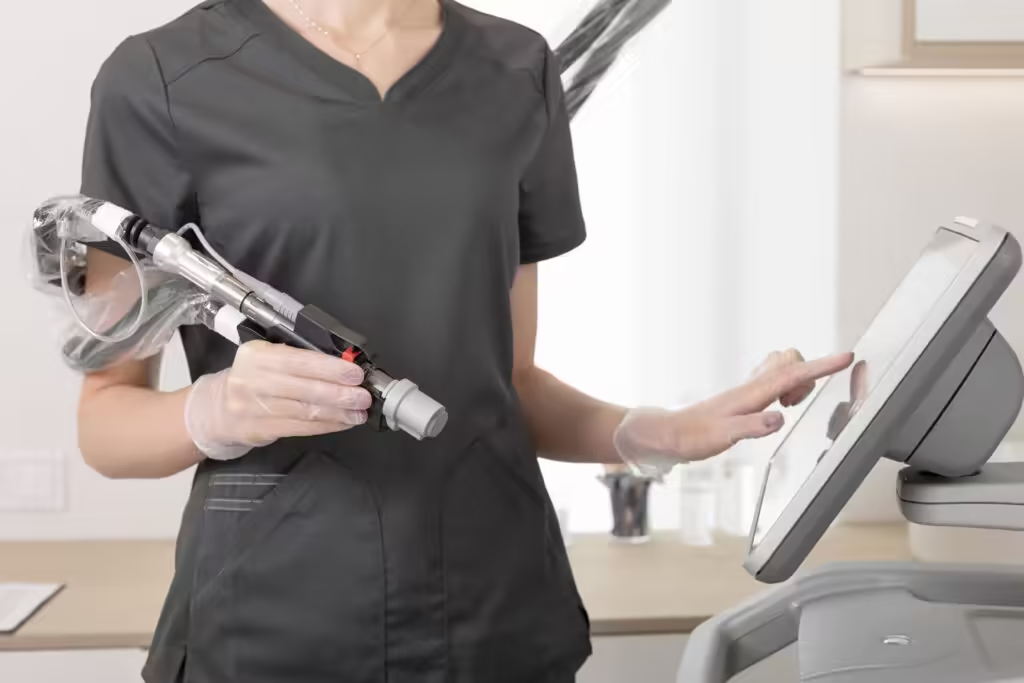
III. Periodic Maintenance Plan: Deep Care, Preventing Trouble
In addition to daily upkeep, regular in-depth inspections and maintenance are equally essential:
- Filter Cleaning/Replacement (Usually Weekly or Monthly):
- Procedure: Following the device manual, inspect and clean or replace air filters and water filters for the cooling system (if applicable).
- Focus: Ensure the purity of air and cooling media, preventing blockages and contamination from damaging core components.
- Optical Component Inspection (Usually Monthly):
- Procedure: Under professional guidance or by trained personnel, inspect optical lenses, mirrors, etc., in the treatment handpiece and inside the device (if accessible) for stains, scratches, or damage.
- Focus: The cleanliness and integrity of optical components directly affect laser quality and energy transmission efficiency.
- Cooling System Maintenance (As per Manufacturer’s Recommendation):
- Procedure: Regularly check the coolant level and purity; replace coolant as required by the manufacturer.
- Focus: Ensure the laser operates at the appropriate temperature to prevent overheating.
- Software and Parameter Calibration Check (Usually Quarterly or Semi-Annually):
- Procedure: Pay attention to any software update notifications for the device. Some advanced equipment may require regular parameter calibration checks to ensure output accuracy. This usually requires professional personnel.
- Focus: Keep the device in optimal working condition and compliant with the latest operating standards.
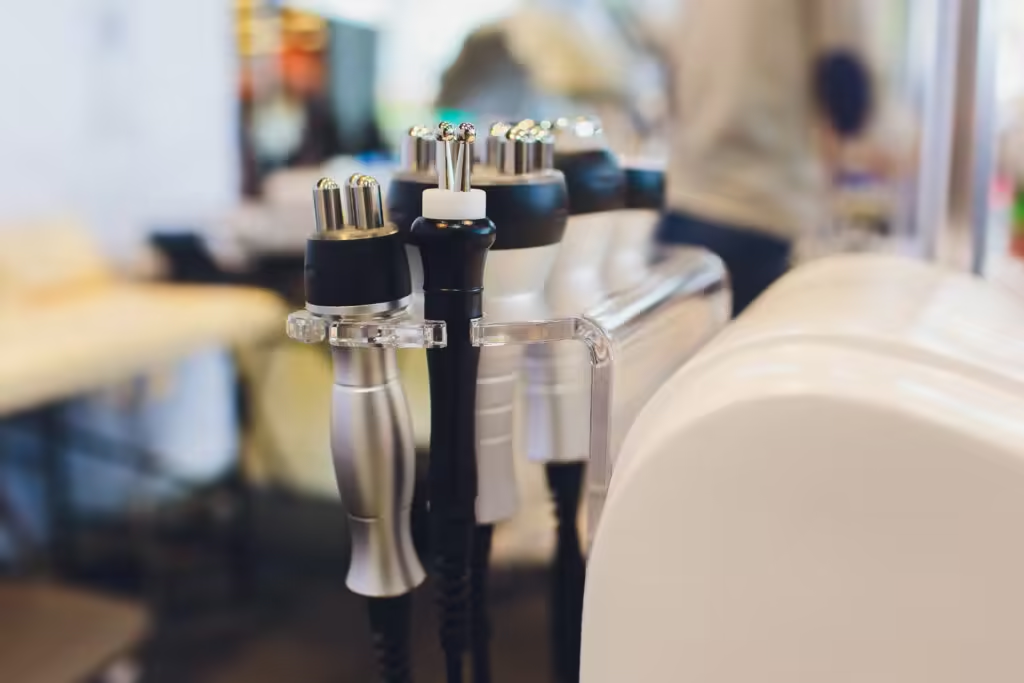
IV. Professional Servicing: The Indispensable “Health Doctor”
Even with the best daily and periodic maintenance, regular professional servicing remains the ultimate assurance for the long-term stable operation of your equipment. We recommend:
- Choosing Authorized Service Providers: Prioritize original equipment manufacturers or their authorized professional repair service agencies. They have original spare parts, specialized tools, and the latest technical information.
- Signing a Maintenance Contract: Consider signing an annual maintenance contract with a service provider to enjoy regular preventive maintenance, rapid response for troubleshooting and repairs, and possible discounts on spare parts.
- Professional Inspection and Calibration: Qualified technicians will use precision instruments for a comprehensive inspection of the device, including calibration of key parameters such as energy output, beam profile, and cooling efficiency.
- Core Component Maintenance and Replacement: In-depth maintenance of core components like the laser generator or power modules, or their preventive replacement after a certain service life, can effectively prevent major failures.

V. The Added Value of Maintenance: Reducing Costs, Enhancing Reputation
Proper maintenance is more than just extending equipment life; it brings tangible economic and brand benefits:
- Significantly Reduces Operating Costs: Decreases expenses from unexpected repairs and avoids business losses due to equipment downtime.
- Improves Treatment Consistency and Client Satisfaction: Stable equipment operation ensures consistent results for each treatment, thereby enhancing client trust and satisfaction.
- Ensures Operator Safety: Well-maintained equipment effectively avoids operational risks caused by device problems.
- Builds a Professional Image: Caring for equipment reflects the institution’s professionalism and commitment to service quality, helping to establish a good market reputation.




